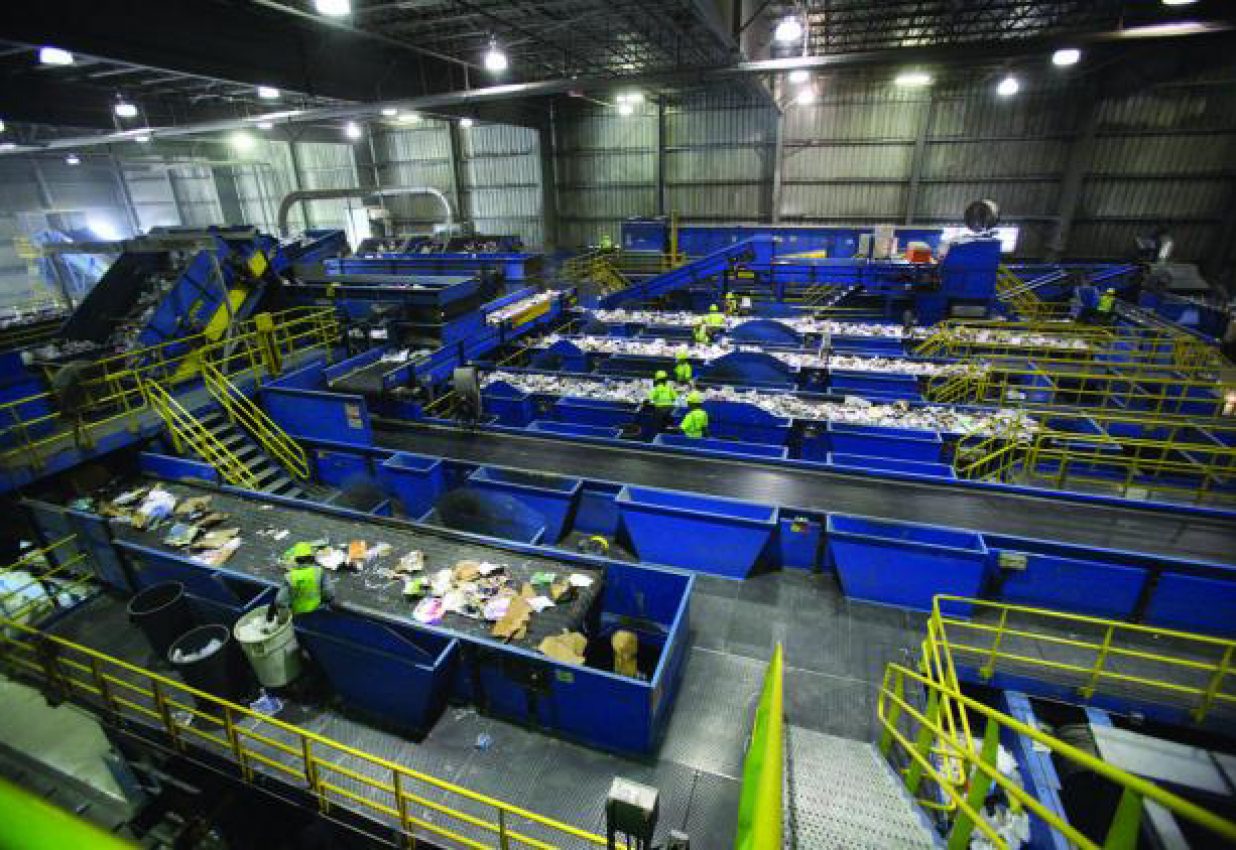Multilayer laminates and compostable plastics head the list of the Top 10 packaging recycling challenges for a Material Recovery Facility that’s the topic of a new white paper from PAC Next. The executive director responds to the results of the paper in this Packaging Digest exclusive.
Source : www.packagingdigest.com
One of the biggest sustainable packaging challenges that brand owners and the packaging industry face centers on recovering materials that don’t fit into the major recycling streams of PET and HDPE containers, glass bottles, paperboard and corrugated boxes and aluminum and steel cans. In short, material recovery is complicated by less popular materials and by mixed material formats.
A fresh report released by PAC Next, the waste reduction-focused arm of the Packaging Consortium, a not-for-profit corporation that includes over 2,100 members throughout the packaging value chain, identifies 10 types of packaging that are among those that pose the most difficulty for Material Recovery Facilities (MRFs). Those most onerous of packaging as identified by PAC Next in the report are:
1. Multilayered laminates;
2. Compostable plastics;
3. Black plastic containers;
4. Full shrink-wrap label;
5. Hot beverage polycoated cups;
6. Metallized tubes;
7. Single-serve hot beverage pods;
8. Colored opaque PET;
9. Non-PET clamshells; and
10. Cardboard [corrugated] tray with plastic film.
Responding to our questions is Alan Blake, PAC NEXT executive director.
Were these listed in any particular order?
Blake: Yes and no: The first, multilayer laminates, is there due to continued market growth and challenges in recycling. The second, compostable plastics, is there due to confusion around material types, definitions and the need for infrastructure to facilitate composting. Both of these were of particular interest to the project team. The rest of the materials fell into place, but of course were of interest given the challenges that they currently pose in Material Recovery Facilities.
What surprises you most from the research? Would that align with PAC Next members’ choice?
Blake: The great thing about this project team was that it had broad and expert membership representing material suppliers, retailers, brand owners, municipalities, MRF operators and re-processors and hence was well aligned with PAC NEXT member priorities. As such, there were few surprises as the team looked at each packaging challenge, but rather a realization that there continues to be a huge need for education and information sharing so that all stakeholders across the packaging value chain (including consumers) understand what needs to be true for ALL packaging materials to be effectively collected, sorted and recovered.
What do you see as one to prioritize among the 10 types…and why?
Blake: There is still tremendous interest in multilayer laminates (for flexible packaging) given their growing prevalence in the North American market and the current lack of recycling of these materials. PAC NEXT has a separate project team exploring potential solutions to effectively sort, recover and re-process these materials to create secondary uses such as energy, fuel, co-extruded pellets (blends) and up-cycling.
Which of these materials is seen as the best recovery opportunity over the short term?
Blake: The report makes reference to Design for Recyclability guidelines prepared by the Association of Post-Consumer Plastic Recyclers (APR) and these guidelines offer practical advice and suggestions for improving packaging designs in order to increase recovery and recycling, for example: where possible use clear PET packaging, use partial sleeves rather than full-wrap labels, avoid black-colored packaging, make it easier to separate different material types and more.
Which of these materials offers the best longer-term recovery opportunity?
Blake: Probably, the best longer term recovery opportunities are for the new and innovative packaging materials that are being used more frequently, i.e., laminates and bio-polymers. We should expect more of these types of developments going forward.
The challenge here is that these materials can be sorted and recovered (using mechanical and optical technology as well as manual sorting), but at a cost that needs to be off-set by valuable end markets which as yet are not as developed as the traditional materials (paper, board, HDPE, PET, metals). This will take time.
Anything else you’d care to point out?
Blake: The MRF project team will be re-convening early 2015 to determine the next steps for this program. The team delivered a very successful webinar Nov 24th 2014 sharing the report findings. Speakers included Dan Lantz, COO Green By Nature; Keith Fanta, section head packaging sustainability Procter & Gamble; David Yousif, Project Manager – City of Hamilton MRF, Trevor Barton, supervisor, waste management program planning, Region of Peel; and Dick Lilly, manager for waste prevention & product stewardship, Seattle Public Utilities, Northwest Product Stewardship Council.

